
Environmental Conflicts: Climate Change and Resource Wars
Introduction
Environmental conflicts, particularly those fueled by climate change and resource scarcity, have become an increasingly pressing issue in the 21st century. As the planet warms, regions already vulnerable to environmental stressors face exacerbated conditions, potentially leading to heightened conflicts over essential resources such as water and arable land. This report delves into the intricate relationship between climate change and armed conflicts, exploring how environmental degradation can lead to resource wars and geopolitical instability.
The Role of Climate Change in Armed Conflicts
Climate Change as a Conflict Multiplier
Climate change acts as a force multiplier in conflict-prone regions by intensifying existing vulnerabilities. According to an article by the New York Times, a hotter planet exacerbates conditions in already dry and hot areas, intensifying competition over scarce resources like water (NYT). The intricacies of how climate change contributes to each specific conflict are complex and multifaceted, making it challenging to quantify its exact role.
Case Studies and Historical Context
Historical precedents show that climate change can be a significant factor in civil unrest and the collapse of civilizations. The Smithsonian Magazine highlights instances where climatic shifts have spurred conflicts and societal collapses throughout history (Smithsonian). Such cases underscore the potential for climate-induced stress to create or exacerbate tensions in modern contexts.
Resource Wars and Geopolitical Implications
Resource Scarcity and Geopolitical Tensions
Resource scarcity driven by climate change can lead to geopolitical tensions and conflicts. Water, in particular, is a critical resource that becomes even more contentious as climate change alters precipitation patterns and water availability. An article from Nature Reviews Earth & Environment notes that increased exposure to climatic extremes and long-term shifts may well heighten the risks of conflict (Nature). This scenario is particularly evident in regions where water resources are shared across national boundaries.
Economic Costs and Policy Responses
The economic implications of climate-induced conflicts are substantial. Redirecting funds from climate adaptation to conflict resolution can result in significant financial losses. According to Mongabay News, scientists warn that misallocation of resources away from addressing the root causes of climate change could be costly (Mongabay). Effective policy responses must, therefore, balance immediate conflict mitigation with long-term climate adaptation strategies.
Displacement and Humanitarian Concerns
Climate-Induced Displacement
The relationship between climate change, conflict, and displacement is both complex and context-specific. The United Nations Framework Convention on Climate Change (UNFCCC) emphasizes the importance of supporting communities on the front lines of the climate emergency to better adapt and prepare for unavoidable impacts (UNFCCC). Displacement due to climate stressors often exacerbates humanitarian crises, creating further instability.
Adaptation and Mitigation Strategies
Investing in robust adaptation and mitigation strategies is crucial to address the intertwined challenges of climate change and conflict. This requires a holistic approach that considers environmental, economic, and social dimensions. Strengthening community resilience, improving resource management, and fostering international cooperation are key components of such strategies.
Conclusion
Environmental conflicts driven by climate change and resource scarcity present a significant challenge for global stability. The complex interplay between climatic shifts and human conflict necessitates comprehensive strategies that address both immediate and long-term needs. By understanding the multifaceted nature of these conflicts and investing in sustainable solutions, the international community can better prepare for and mitigate the impacts of climate-induced resource wars.
References
- New York Times. “Climate change is making armed conflict worse. Here’s how.” Retrieved from NYT.
- UNFCCC. “Conflict and Climate.” Retrieved from UNFCCC.
- Nature Reviews Earth & Environment. “Climate change and conflict.” Retrieved from Nature.
- Mongabay News. “Resource wars and the geopolitics behind climate-fueled conflicts.” Retrieved from Mongabay.
- Smithsonian Magazine. “Five Conflicts and Collapses That May Have Been Spurred by Climate Change.” Retrieved from Smithsonian.
This report provides a structured overview of the relationship between climate change and resource conflicts, backed by credible sources and historical context. The information is presented in a manner that highlights the urgency of addressing these intertwined issues through comprehensive and sustainable strategies.
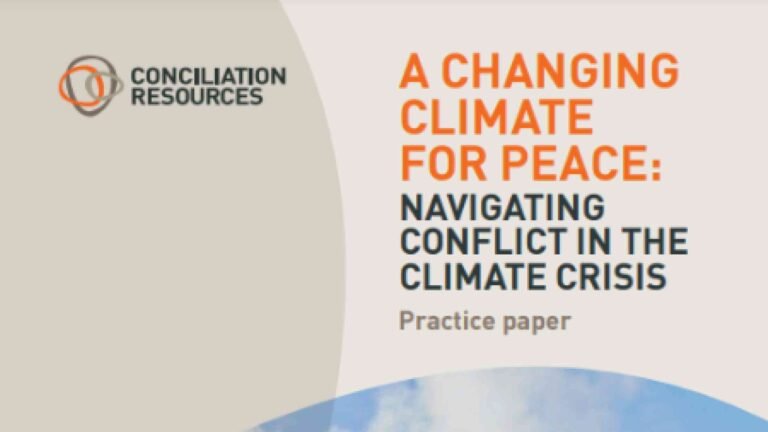
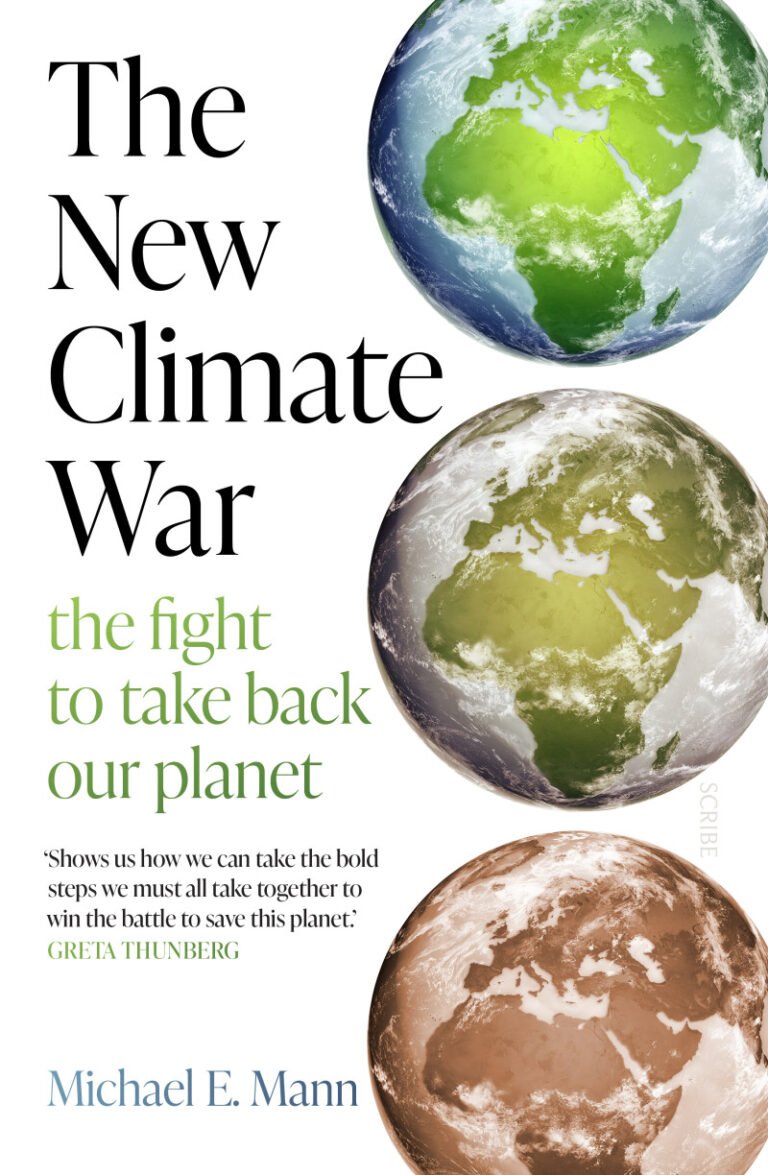

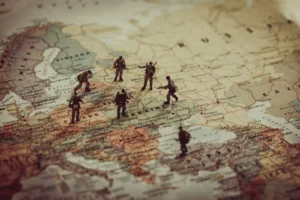


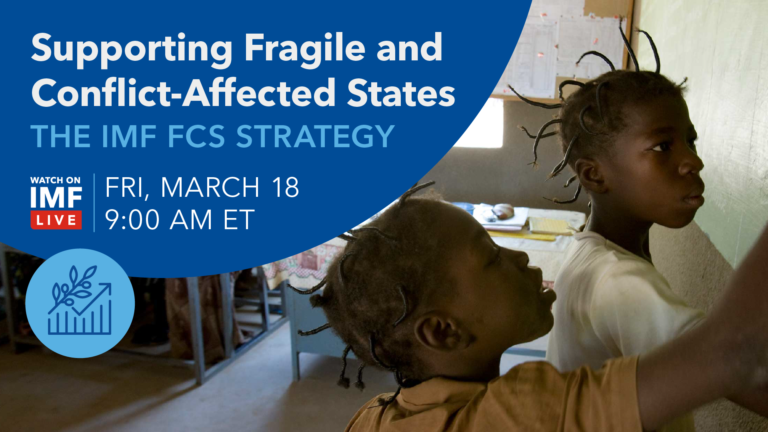

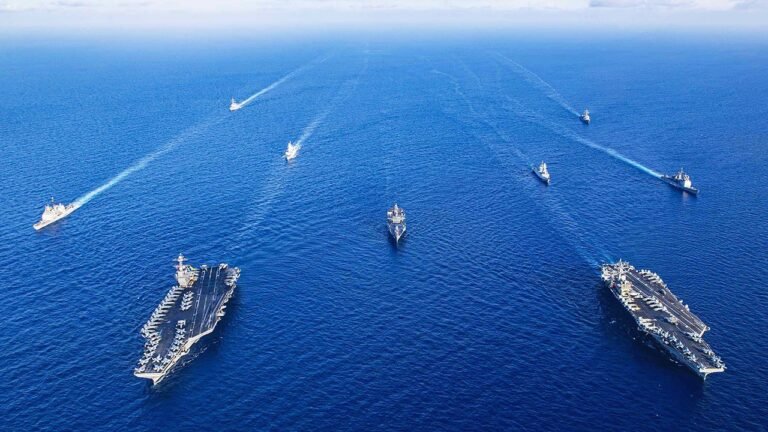



+ There are no comments
Add yours